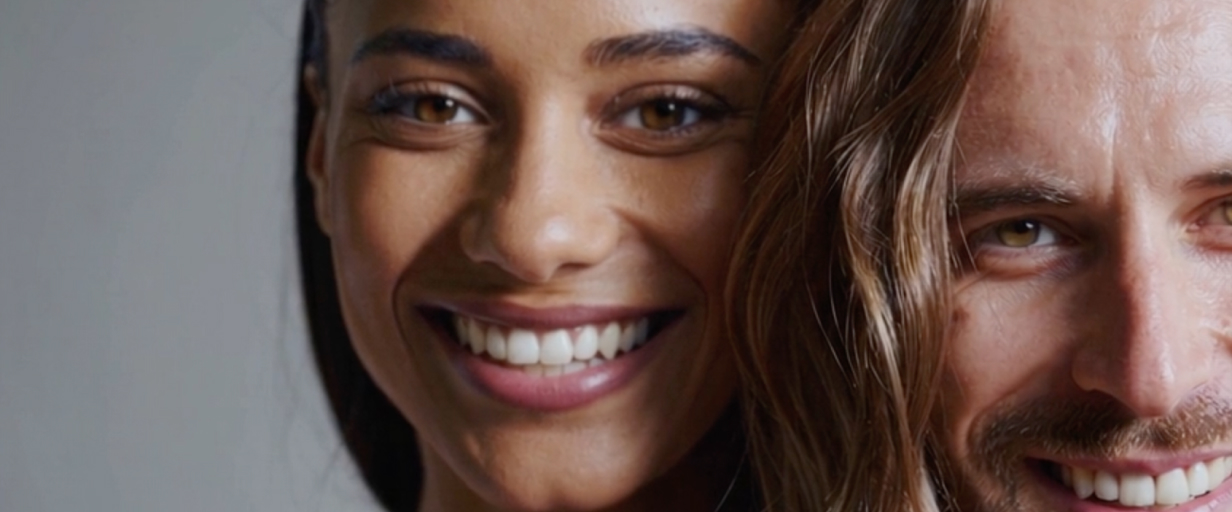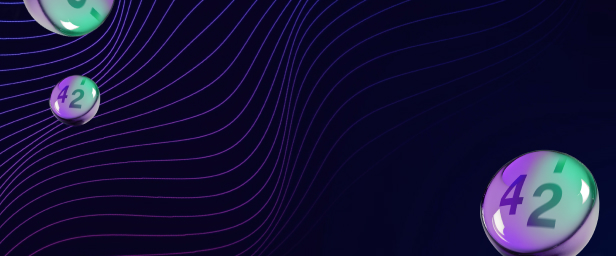Quick version
Atherosclerosis, more commonly known as atherosclerosis, is the main cause of the majority of heart attacks, angina pectoris and many cases of stroke. Atherosclerosis occurs when blood fats are stored in the vessel wall and form plaques. A central cause of this condition is a dyslipidemia with elevated levels of triglycerides and LDL cholesterol and low levels of HDL cholesterol. Dyslipidemia is largely due to lifestyle factors such as diet and physical activity, but genetic factors also play a significant role.
The role of blood lipids in the body
The blood fats cholesterol and triglycerides both play important roles in the body. Cholesterol is necessary for cell membranes, hormone production and vitamin D synthesis, while triglycerides serve as an energy reserve. The problem arises when there is an imbalance between these blood fats. Excess LDL cholesterol and triglycerides can cause fats to stick to the walls of blood vessels, causing atherosclerosis and atherosclerosis.
Atherosclerosis and its consequences
Atherosclerosis, or atherosclerosis, means that LDL cholesterol oxidizes and forms foam cells that settle as fatty streaks in the blood vessels. This triggers an inflammatory reaction which in turn leads to plaque formation. These plaques are made up of foam cells, cholesterol and calcified cell debris, and make the walls of blood vessels thicker, harder and uneven, obstructing blood flow.
When the plaque ruptures, the platelets are activated, which can lead to blood clots. A blood clot can block blood flow completely and cause diseases such as angina, heart attack and stroke. In the past, it was thought that atherosclerosis only affected the elderly, but today we know that the process can start at a young age, especially in the case of high cholesterol and inflammation.
Are atherosclerosis and atherosclerosis the same thing?
The terms are often used interchangeably to describe the same disease state, but there are slight nuances between them, but together they can both lead to serious cardiovascular diseases such as heart attack and stroke.
- Atherosclerosis: Describes the process in which blood fats, cholesterol and other substances accumulate on the inside of artery walls, leading to plaque formation. Atherosclerosis is the early stage in the development of atherosclerosis.
- Atherosclerosis: This is the further development of atherosclerosis. When the plaque hardens and calcium is deposited in the vessel walls, the arteries become stiffer and less elastic. This hardening and narrowing of the arteries is what is referred to as atherosclerosis.
Insidious symptoms that are difficult to identify
The symptoms of atherosclerosis are often insidious and include shortness of breath, fatigue, tightness in the chest with exertion or cold, and pain in the calf muscles, also known as window sickness. These symptoms indicate that blood flow in the arteries of the pelvis or legs is severely restricted.
The importance of regular blood tests
In order to detect and manage blood lipid disorders, it is important to regularly measure the blood lipids through a blood test. These tests analyze the levels of LDL cholesterol, HDL cholesterol and triglycerides. The results help the doctor assess the risk of atherosclerosis and the need for any measures.
Risk factors and preventive measures
Several factors affect the risk of atherosclerosis, including kidney disease, diabetes, high blood pressure, obesity, excessive alcohol consumption, smoking and lack of exercise. A healthy lifestyle with a balanced diet, regular exercise and avoidance of smoking and excessive alcohol consumption can reduce the risk of blood lipid disorders and its complications.
Combined hyperlipidemia
A particularly serious form of dyslipidemia is combined hyperlipidemia, where there is an excess of both LDL cholesterol and triglycerides. This condition is often a combination of genetic factors and lifestyle and can lead to atherosclerosis, cardiovascular disease, diabetes, chronic kidney disease and fatty liver.
Summary of High Blood Fats
Measuring and following up on blood fats is crucial to preventing serious health problems. By being aware of the risk factors and taking preventive measures, you can reduce the risk of dyslipidemia and its potentially fatal consequences. Regular blood tests and a healthy lifestyle are key to keeping blood lipids in balance and maintaining good health.





















